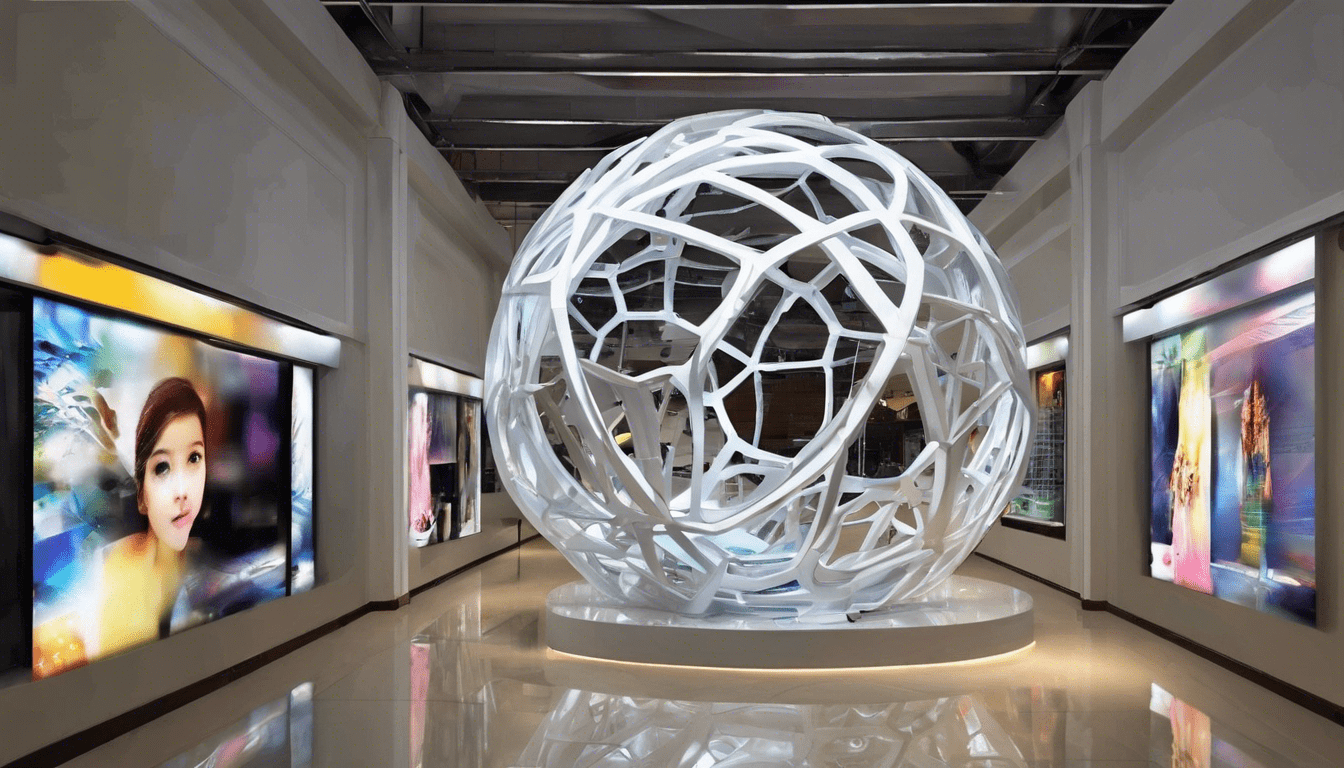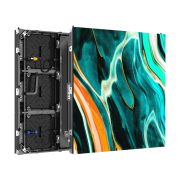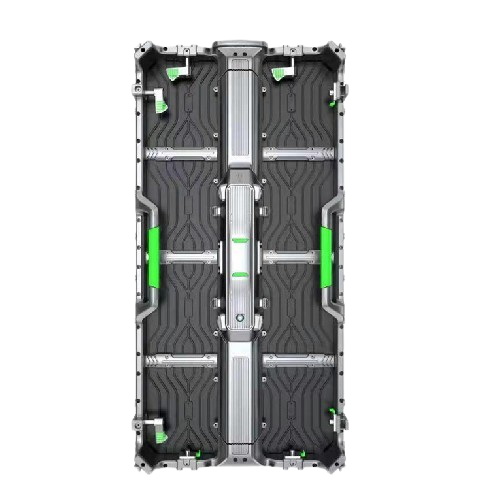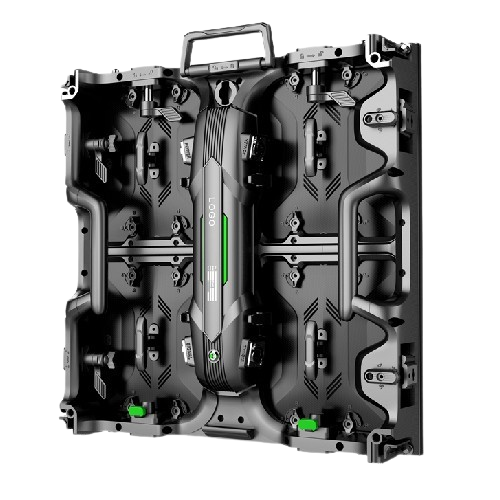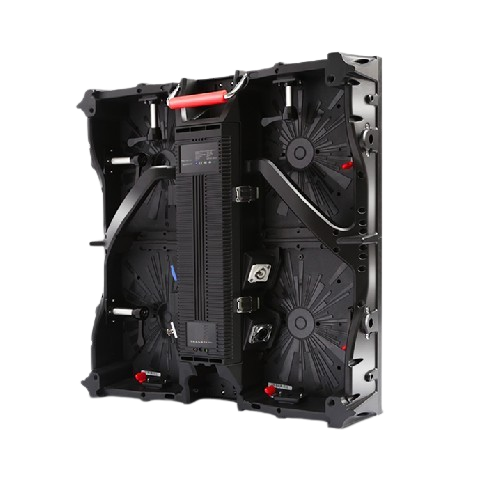The Ultimate Guide to Indoor Spherical LED Display Manufacture
What is an Indoor Spherical LED Display?
An indoor spherical LED display is a state-of-the-art digital screen that takes the shape of a sphere, providing a 360-degree viewable surface for displaying dynamic video content. These displays are designed to captivate audiences in various settings such as museums, shopping malls, corporate lobbies, and more. Unlike traditional flat screens, spherical LED displays offer a unique way to engage viewers by presenting immersive visuals from all angles.
Why Choose Spherical LED Displays for Indoor Use?
Choosing an indoor spherical LED display comes with multiple advantages:
- 360-Degree Viewing: Offers a panoramic viewing experience, enhancing audience engagement.
- Versatile Applications: Suitable for various environments including event venues, educational institutions, and commercial spaces.
- Unique Aesthetic Appeal: Adds a modern and innovative look to any space, drawing more attention than conventional displays.
- High Definition: Provides crystal-clear imagery and videos, ensuring top-notch visual quality from any angle.
Key Components of Spherical LED Displays
To understand how these innovative displays work, it’s essential to delve into their key components:
- LED Modules: The foundational units that emit light and form the spherical shape.
- Power Supply Units: Ensure consistent and stable power distribution across the display.
- Control Systems: Software and hardware that manage the content and overall functionality.
- Structural Framework: The skeleton that supports the spherical shape and LED modules.
The Manufacturing Process of Indoor Spherical LED Displays
Design and Planning
The first phase in manufacturing involves meticulous design and planning. This step ensures that the display meets customer specifications and encompasses:
- Technical Drawings: Detailed blueprints outlining measurements, LED arrangement, and materials used.
- Material Selection: Choosing high-quality components to ensure durability and performance.
- Feasibility Studies: Assessing the practicality and cost-effectiveness of the design.
LED Module Assembly
High-accuracy machines are utilized to assemble the LED modules. This involves:
- LED Placement: Attaching individual LEDs onto circuit boards with precision.
- Quality Control: Conducting rigorous tests to ensure each LED module meets quality standards.
- Module Alignment: Arranging modules on spherical panels accurately to achieve a seamless display.
Structural Framework Construction
The structural framework is built to hold the LED modules securely in a spherical shape. Elements of this stage include:
- Material Fabrication: Using metal or durable polymers to construct the frame.
- Assembly: Piecing together the framework to maintain structural integrity.
- Stress Testing: Ensuring the framework can withstand environmental stresses.
Integration and Testing
Once the framework and LED modules are ready, the next phase is integration and testing:
- Module Installation: Securing LED modules to the framework systematically.
- Wiring: Connecting power supply and control systems to LED modules.
- Initial Testing: Checking for any electrical or display issues.
- Calibration: Fine-tuning the display for uniform brightness and color accuracy.
Final Inspection and Quality Assurance
The completed spherical LED display undergoes a final inspection before delivery:
- Comprehensive Testing: Evaluating performance in various simulated environments.
- Visual Inspection: Checking for any visible imperfections or defects.
- Customer Approval: Obtaining final approval from the customer before shipment.
Applications of Indoor Spherical LED Displays
Corporate Lobbies and Offices
Incorporating a spherical LED display in corporate settings can:
- Enhance Brand Image: Project a modern and tech-savvy image of the company.
- Provide Interactive Content: Display company videos, promotional materials, and interactive content for visitors.
Museums and Educational Institutions
Educational settings benefit from spherical LED displays by:
- Creating Immersive Experiences: Exhibit interactive and educational content that captivates attendees.
- Enhancing Learning: Facilitate a higher level of engagement in educational presentations.
Shopping Malls and Retail Stores
Retail spaces leverage these displays to:
- Boost Advertising: Attract customers with dynamic, eye-catching advertisements.
- Elevate Shopping Experience: Provide engaging content that enhances the overall shopping experience.
Public Events and Exhibitions
Public spaces and events utilize spherical LED displays to:
- Draw Attention: Stand out in crowded environments with a unique display.
- Engage Audiences: Deliver audiovisual content that captures and retains audience interest.
Case Study: Successful Implementation of Indoor Spherical LED Displays
One notable example of successful implementation can be observed in the use of spherical LED displays at Smithsonian National Air and Space Museum. The museum integrated a large-scale indoor spherical LED display to:
- Showcase Astronomical Data: Display real-time astronomical data and animations in a visually compelling manner.
- Educational Program: Enable interactive educational programs that engage visitors of all ages.
- Visitor Engagement: Greatly increase visitor engagement and dwell time within specific exhibits.
Future Trends in Indoor Spherical LED Display Manufacture
Advancements in LED Technology
Future trends in LED technology will bring about:
- Higher Resolutions: Next-gen spherical LED displays will feature even higher pixel densities for sharper images.
- Energy Efficiency: Advances are expected to substantially reduce power consumption.
- Smart Integrations: Incorporation of AI and IoT functionalities for intelligent content management and display adjustments.
Customizable and Modular Designs
Manufacturers are increasingly focusing on:
- Custom Solutions: Offering tailor-made displays to meet specific needs of different industries.
- Modular Components: Simplifying design and assembly through modular LED components that can be easily replaced or upgraded.
Enhanced Content Management Systems
Content management systems for spherical LED displays will see significant improvements:
- Real-Time Analytics: Capabilities to analyze viewer engagement in real-time to optimize displayed content.
- Cloud-Based Solutions: Remote management and content updates via cloud platforms.
- User-Friendly Interfaces: Simplified interfaces for easier control and customization of displayed content.
Choosing the Right Manufacturer for Indoor Spherical LED Displays
When selecting a manufacturer for your spherical LED display, consider the following factors:
- Experience and Expertise: Look for companies with a proven track record in manufacturing innovative LED displays.
- Quality Standards: Ensure the manufacturer adheres to strict quality control measures and uses high-quality materials.
- Customer Support: Reliable customer support and after-sales service are crucial for seamless operation and maintenance.
- Customization Options: Verify the availability of customization options to meet your specific requirements.
Conclusion
Indoor spherical LED displays are revolutionizing the way we experience digital content in enclosed environments. From corporate settings to educational institutions and shopping malls, these displays provide an unparalleled viewing experience. By understanding the manufacturing process, key components, and future trends, you can make informed decisions when choosing the right display for your needs.

